Do you often hear your administrators emphasizing the importance of differentiation in your classroom? Are you frequently asked how you gauge the needs of your students and justify your teaching strategies, aims, and goals? These crucial questions underscore the significance of ESL assessment in driving effective differentiation and assessments serve as the compass guiding differentiation, shaping our educational aims, and defining achievable goals for our diverse student population. Let me illustrate how I use assessment and differentiation in my ESL classroom.
The Role of ESL Assessment:
The Challenge of Incomprehensible Input: Without effective differentiation, students may encounter incomprehensible input, hindering their ability to access both language and content instruction. This is particularly pronounced in ESL classrooms where students come with diverse language backgrounds and proficiency levels. Addressing this challenge is where ongoing assessment and differentiation play a pivotal role. (Gottlieb, 2006; Tomlinson, 2017)
Differentiation at the Core: Differentiation should not be viewed as an optional add-on but rather as a fundamental component of ESL instruction. It becomes the key to unlocking students' potential and ensuring that they receive instruction tailored to their individual needs. (Tomlinson, 1999; Tomlinson, 2014)
Illustrating Assessment in Action: Let's explore a practical example. Imagine assessing students at the beginning and end of a unit. The initial assessment identifies their prior knowledge and learning styles, allowing you to design differentiated materials. Mid-unit assessments provide ongoing feedback, helping you adjust your strategies. The final assessment gauges the impact of your differentiation efforts, informing future instructional planning.
Story Elements & ESL Vocabulary Pre-Assessment
This particular assessment I use at the beginning of my ESL K-2 Reading Stories Through Pictures Unit of Study and the read aloud of The Gingerbread Man. I read out the entire assessment to my ESL students. Notice that almost all the questions ask them to circle the correct answer.
There two ways to modify assessments. You can either modify the content or the language. In this situation, I aim to assess my students' understanding of story elements, which is why I am modifying the language used to pose the question. The students need to indicate their comprehension of the story elements concepts by circling the picture. This method allows them to demonstrate whether or not they grasp the key components of a story or have any background knowledge about this concept.
Now, a few words about ESL Vocabulary Pre-Assessment. I use three different versions of this pre-assessment. The first version provides the most scaffolds: the first letter, a word bank, and an image. The second one provides a word bank and images, and the third one provides just images and the first letter.
Kindergarten or Low Level 1st Grade or Medium Level 2nd grade or High Level
Practical Strategies for ESL Teachers: One effective strategy is to create differentiated versions of handouts or graphic organizers. For instance, in a K-2 pull-out group, consider crafting a kindergarten, first-grade, and second-grade version of the same worksheet. This not only caters to diverse proficiency levels but also accommodates students who may join the class at different grade levels. (Tomlinson, 2001; Tomlinson & Allan, 2000)
Individualized Support for Newcomers:Imagine welcoming a newcomer student in the second grade. Instead of overwhelming them with grade-level content, start with a kindergarten version of a worksheet to gauge their understanding and gradually progress as they build language skills. This approach provides individualized support, ensuring that newcomers are not left behind. (Freeman & Freeman, 2002; Gibbons, 2002)
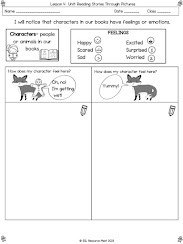


Kindergarten or Low Level 1st Grade or Medium Level 2nd grade or High Level
Draw Draw and label Draw, label & write using sentence starters
Differentiating assessments for English Language Learners (ELLs) is essential as research indicates it promotes cultural sensitivity, reduces linguistic bias, accurately measures understanding, supports language development, addresses cognitive demand, attends to individualized needs, and leverages the benefits of formative assessment practices (Abedi, 2008; Cummins, 1981; Genesee & Upshur, 1996; Gibbons, 2002; Vygotsky, 1978; Black & Wiliam, 1998; Heritage, 2007).
Conclusion:As ESL teachers, our commitment to facilitating language acquisition and content understanding is unwavering. Embracing ongoing assessment and differentiation as integral components of our instructional toolkit empowers us to meet the diverse needs of our students effectively. By adopting these practices, we can create inclusive and responsive ESL classrooms where every student has the opportunity to thrive.
In closing, let's remember that differentiation is not just a strategy; it's a philosophy that ensures equitable access to learning for all ESL students.
Would you like to receive more tips, trick and FREEBIES? Click below!
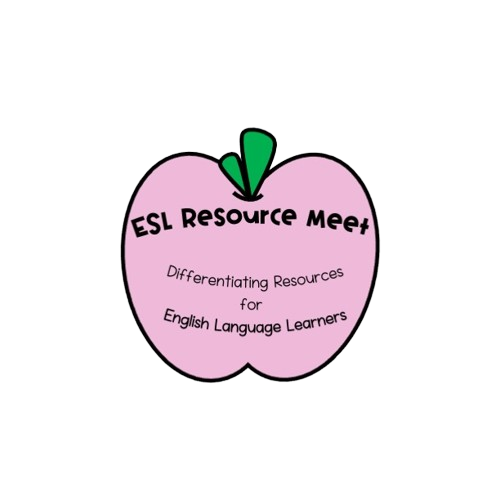














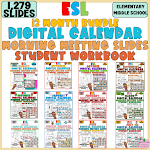


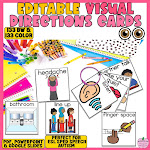





































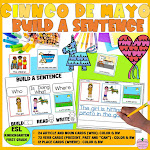







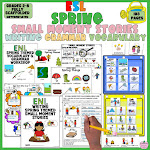




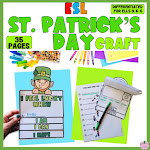
















































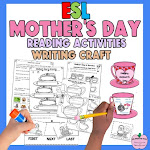
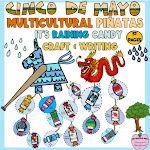
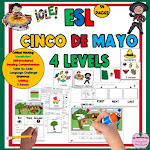
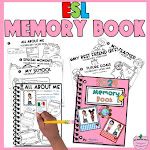




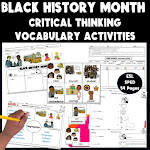

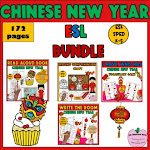

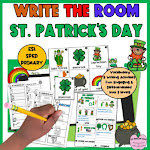
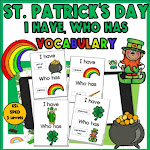
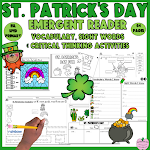



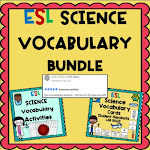




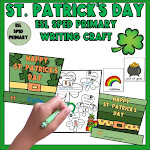

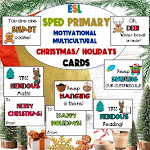
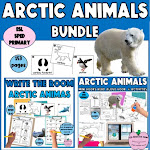

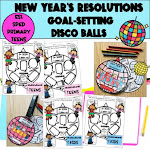
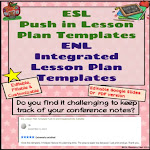




0 Comments